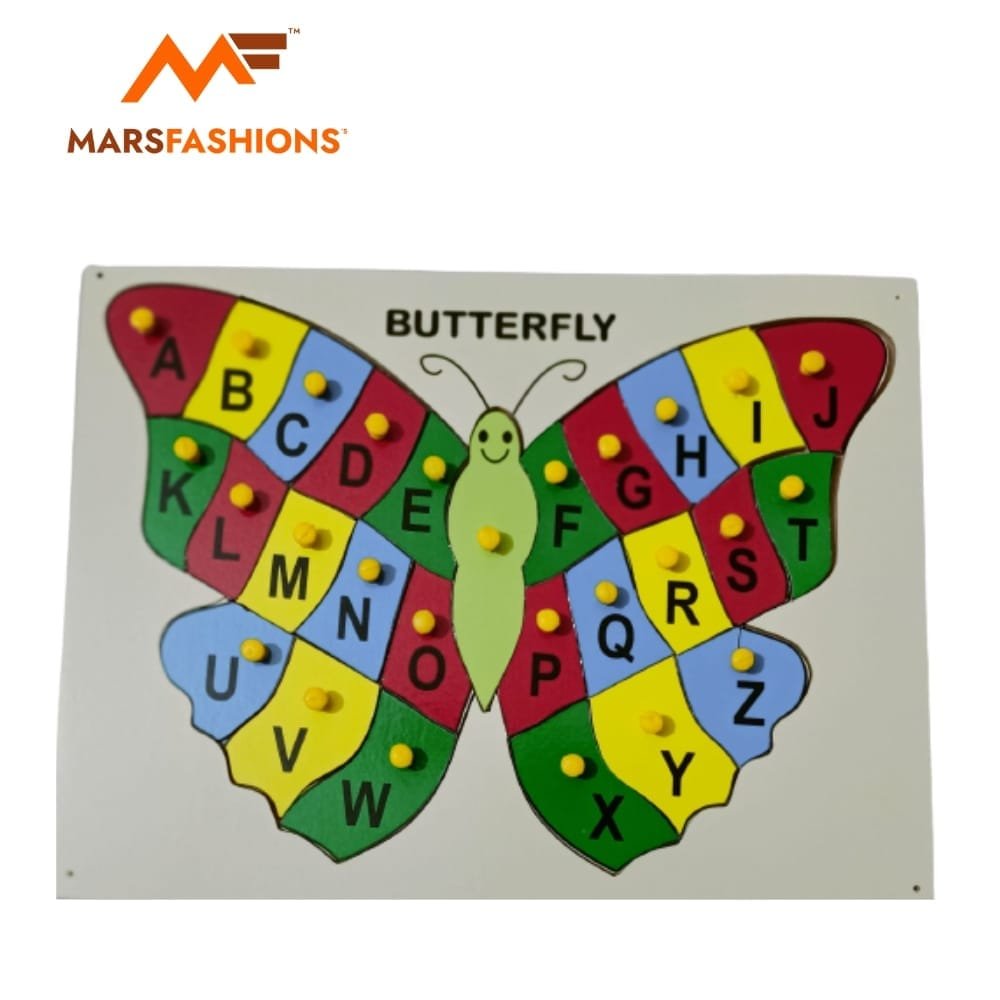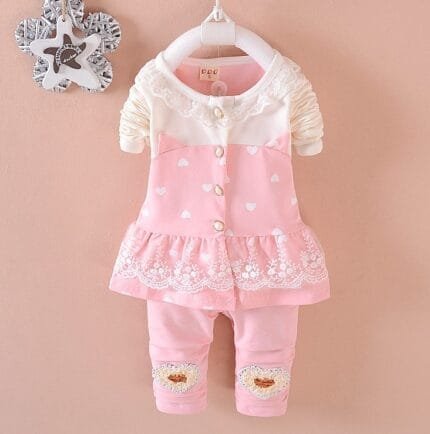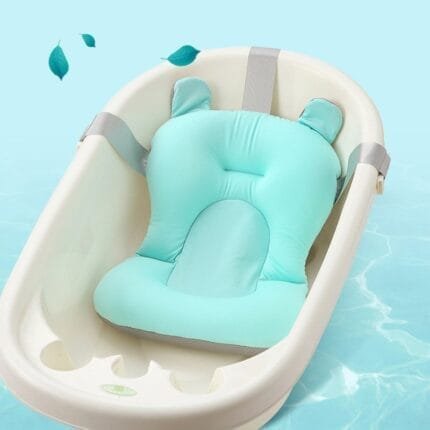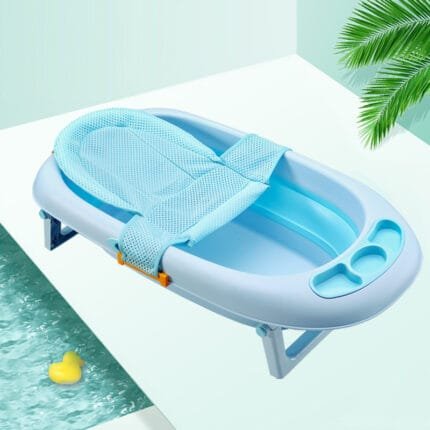The Educational Benefits of Wooden Butterfly Puzzles
Wooden butterfly ABCD puzzles offer a unique and engaging platform for children to explore the world of letters and numbers. These puzzles facilitate a multi-faceted learning experience that enhances cognitive development while nurturing essential fine motor skills. As children manipulate the colorful wooden pieces, they not only learn the shapes and sounds of the alphabet but also improve their hand-eye coordination and dexterity. This tactile interaction serves as a foundation for their growing understanding of language and literacy.
Hands-on learning experiences, such as those provided by wooden puzzles, significantly increase engagement and retention of knowledge among young learners. The vibrant colors and appealing designs of the alphabet shapes attract children’s attention, making the learning process enjoyable and effective. Research has consistently shown that children who participate in interactive and playful educational activities tend to retain information more efficiently than those who engage in traditional rote learning methods.
Moreover, the use of wooden butterfly puzzles promotes critical thinking and problem-solving skills. As children work to fit the pieces into their respective slots, they encounter challenges that require them to think creatively and develop strategies to overcome obstacles. This form of play is essential in early childhood education, as it fosters a sense of curiosity and resilience. By engaging in puzzle-solving activities, children also improve their ability to focus and concentrate, further bolstering their learning capabilities.
Incorporating wooden butterfly ABCD puzzles into a child’s educational routine is not only advantageous for letter recognition but also contributes to a broader range of developmental milestones. Their role in facilitating play-based learning cannot be overstated; such constructive play nurtures a well-rounded foundation for lifelong learning.
Choosing the Right Wooden ABCD Puzzle for Your Child
When selecting a wooden butterfly ABCD puzzle for your child, several important factors should be considered to ensure that the puzzle not only meets your child’s developmental needs but also promotes a joy of learning. First and foremost, assess the age appropriateness of the puzzle. Most puzzles come with recommended age guidelines, which indicate whether they possess the right level of complexity and challenge for your child’s cognitive skills.
Material safety is another crucial factor. Opt for wooden puzzles that are made from high-quality, non-toxic materials. Look for certifications or labels indicating that the item is free from harmful chemicals, ensuring a safe play environment. Many reputable brands prioritize safety, but it is always wise to verify product details before making a purchase.
Design features are also essential when it comes to engaging your child. Look for puzzles that incorporate vibrant colors and interesting shapes, which can help capture your child’s attention and increase their eagerness to learn. Some brands also offer unique attributes such as interactive or movable pieces that promote fine motor skills, enhancing the learning experience.
Comparing different brands and types of wooden puzzles can also yield beneficial insights. For instance, some manufacturers focus on educational objectives, integrating themes such as animals, numbers, or letters into their designs. Others place emphasis on artistic design and aesthetics. Your choice should align with your child’s interests, thus fostering a more engaging learning atmosphere.
Lastly, creating an engaging learning environment at home can greatly enhance the puzzle experience. Parents are encouraged to participate during playtime, guiding their children through the puzzle-solving process. This interactive involvement can transform puzzle time into a valuable educational opportunity, allowing children to explore concepts while they play.
#shopnow










Reviews
There are no reviews yet.